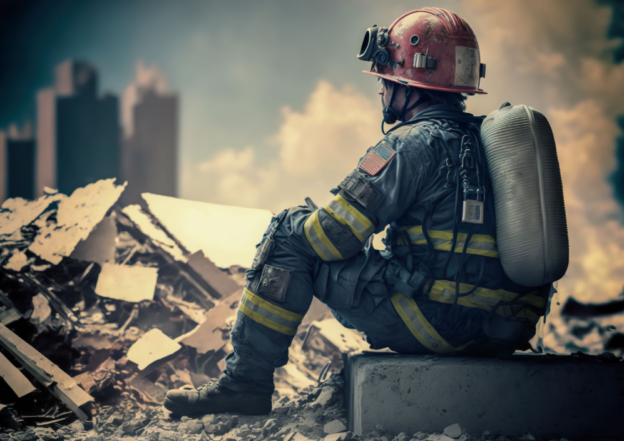First responders like police, firefighters, and emergency medical technicians (EMTs) face physically and emotionally taxing situations every day. These events can often be traumatic and lead to issues with their mental and physical health and relationships. Trauma rehabilitation for first responders treats conditions such as post-traumatic stress disorder (PTSD), which can help them find healing and lead healthier, happier lives. Here’s what you need to know.
1. How to Recognize the Symptoms of PTSD
Whether you’re a first responder or someone who’s concerned about a loved one, it’s important to know the symptoms of PTSD. Although symptoms of PTSD and other mental health conditions manifest differently for everyone, some general things to look out for include:
- Flashbacks or dreams about a specific incident
- Unwillingness to discuss traumatic events
- Losing interest in daily activities and things they once enjoyed
- Isolating themselves from loved ones
- Avoiding locations where a traumatic event occurred
- Feelings of guilt, hopelessness, and low self-esteem
- Mood swings
- Irritability or angry outbursts
- Paranoia
- Overreactions to common situations
- Difficulty concentrating
- Sleep problems
- Missing time from work or poor work performance
- Alcohol or drug use
- Self-destructive or risky behavior
2. You’re Not Alone
A vital element of trauma treatment programs is peer support. Millions of first responders struggle with the emotional impact of their experiences but are hesitant to ask for help. Sharing your thoughts, feelings, and experience within group therapy and peer mentors can help first responders deal with feelings of shame, hopelessness, isolation, and anger. Helping others who’ve suffered in a similar way can also be healing.
3. Family Support is Vital
Family support is part of a holistic approach to trauma treatment programs, as are exploring the mind-body connection, case management, and mindfulness practices such as meditation and yoga. Family education, support groups, and involvement during and after treatment help families gain a deeper understanding of the healing process and how they can support their loved one in the long term.
4. Specialized PTSD Treatment Offers a Safe, Supportive Environment
Therapists for trauma healing are trained in modalities like cognitive processing therapy (CPT), dialectical behavioral therapy (DBT), and eye movement desensitization and reprocessing (EMDR) in both individual and group settings. Sharing experiences in a confidential, supportive environment helps first responders build the trust they need to be vulnerable, which is a must during the recovery process.
Learn More about Treatment for PTSD at Deer Hollow
At Deer Hollow, we’re dedicated to providing compassionate, effective trauma rehabilitation for first responders. To learn more about our holistic trauma rehabilitation programs, contact us today.

